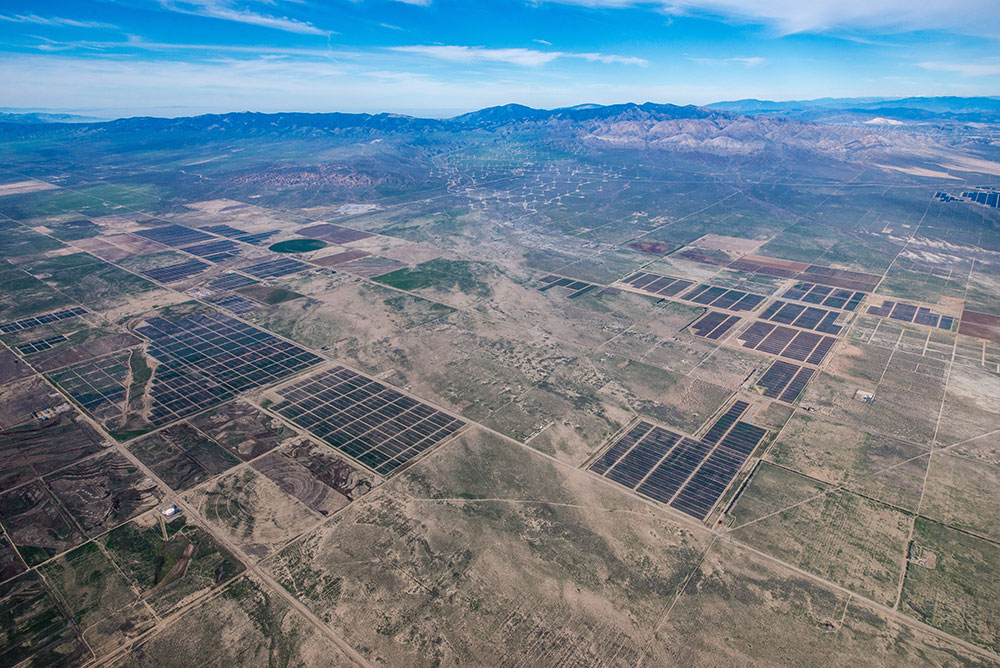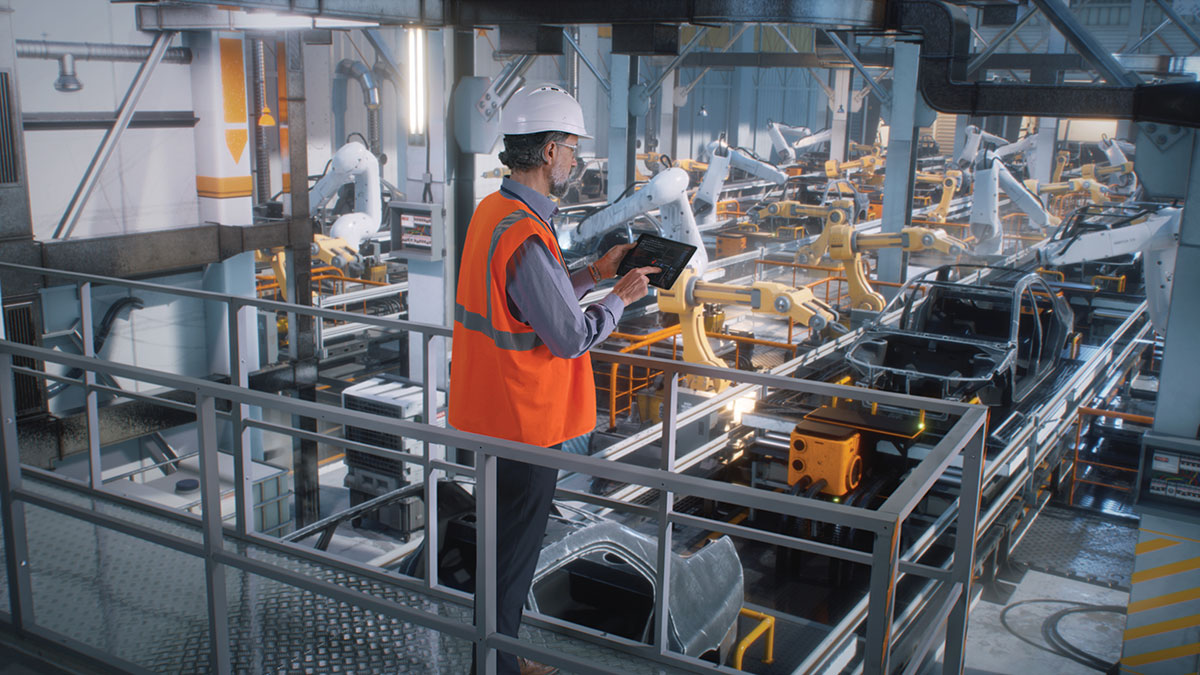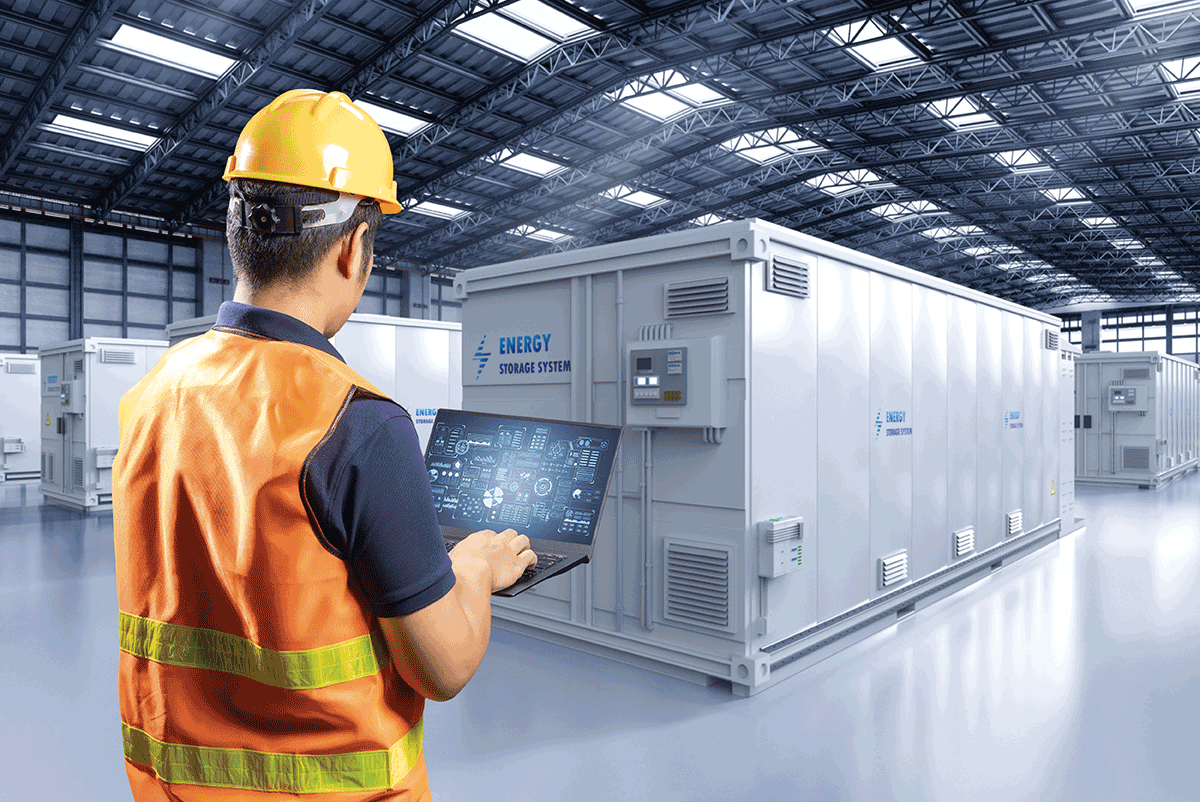We are using the 2017 National Electrical Code© (NEC©) in my jurisdiction and are encountering installers using Certified (Listed) photovoltaic (PV) inverters combined with lithium-ion batteries to create an energy storage system (ESS) in the field in accordance with NEC 706.4(2) and (3). Can a PV inverter be used as part of an assembly of Certified (Listed) components to form a battery energy storage system in the field?
A. No, that would be a violation of NEC 110.3(B) and may present considerable fire and electric shock hazards without further investigation of an inverter’s compatibility with the battery bank and battery management system for compliance with UL 9540, the Standard for Safety of Energy Storage Systems and Equipment.
Section 706.4 in the 2017 NFPA 70, National Electrical Code©, classifies energy storage systems (ESS) into three types:
1. ESS, self-contained
2. ESS, pre-engineered of matched components
3. ESS, other
NEC 706.5 requires components of an ESS to be Certified (Listed), and for a self-contained ESS, it requires the system to be Certified (Listed) as a complete energy storage system. However, for ESS system components such as inverters – unless they are Certified (Listed) for use with a specific input source type such as a battery in this case and have the appropriate input short circuit current rating — the installation of mismatched system components may present a catastrophic fire and electric shock hazard if there is a short circuit condition on the battery output.
UL Certifies (Lists) inverters under the product category, Static Inverters, Converters, and Accessories for Use in Independent Power Systems, category code QIKH. Inverters covered under QIKH are investigated for many different input sources such as PV, wind turbines, gen sets, batteries, etc. The input sources that the inverter has been investigated for use with are specified along with other critical ratings on their UL Certification (Listing) page. For complete information and ratings, please refer to UL’s Product iQ™ database at productiq.ul.com and enter category code QIKH at the search field.
Two of the most important considerations in determining the compatibility of an inverter with a battery input source are: 1) Is the inverter Certified (Listed) for use with a battery source and 2) Is the input short circuit current rating of the inverter greater than or equal to the available short circuit current contribution of the of battery and its battery management system output.
For a PV array, the fault current under a short circuit current condition is limited to what can be produced by the array depending on the installation conditions, time of day, size of array, full sun, ambient temperature, etc. PV arrays are inherently limited with their short circuit potential. A PV array’s operational current is roughly 85% of its short circuit current, although some PV arrays are being oversized relative to the inverter rating to increase energy yield. For a lithium-ion battery, the energy density is much greater, and under a short circuit condition could generate fault currents of up to 50 times the current rating of the battery bank. If an inverter Certified (Listed) only for use with a PV input is connected to a battery input source that experiences a short circuit fault condition, it may result in a catastrophic failure of the inverter, creating a fire, electric shock, and potential explosion hazard.
That is why it is critically important to use a complete Certified (Listed) energy storage system such as a self-contained ESS Certified (Listed) as Energy Storage Systems and Equipment under the category code (FTBW) for this application. These energy storage systems are investigated for compliance with UL 9540, the Standard for Safety of Energy Storage Systems and Equipment. UL 9540 requires evaluation of the compatibility of all the system components together and requires the protection systems be evaluated for functional safety to assure the control and protection systems are reliable for the life of the system. The UL guide information and Certification (Listings) for FTBW can be located on UL Product iQ at productiq.ul.com, enter FTBW at the search field. Product iQ is free to all users, however, requires a one-time registration.
Section 706.5 was revised in the 2020 NEC to eliminate the three classifications of energy storage systems and requires the complete energy storage system be Certified (Listed). Each of the different components of an energy storage system, e.g., inverter/power conversion equipment, batteries, overcurrent protection and battery management systems are not Certified (Listed) individually as energy storage systems. An energy storage system is the complete assembly of the components investigated together for compliance with UL 9540, the Standard for Safety for Energy Storage Systems and Equipment and Certified (Listed) under FTBW.
UL can conduct a field evaluation to determine compliance with UL 9540 of any ESS currently in the field that has been assembled from different components. For more information on UL field evaluations or to get a quote, contact UL’s Customer Service at 877-854-3577, #2 or https://www.ul.com/field.











Find Us on Socials